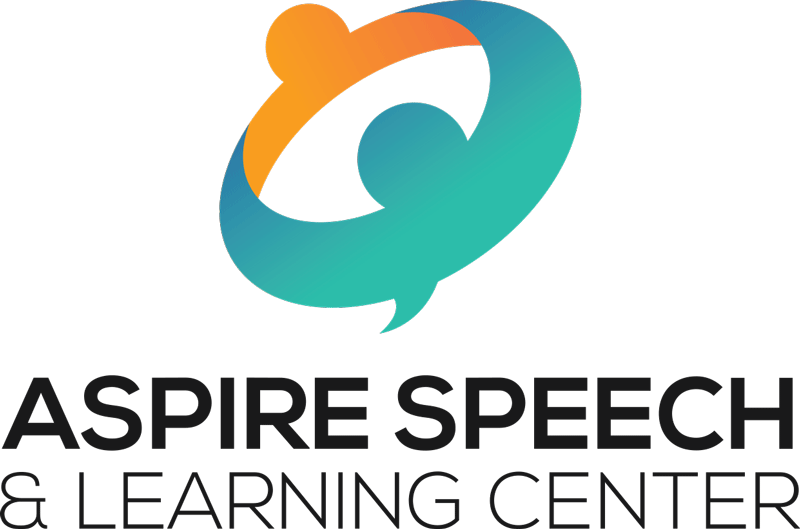In the area of communication, listening, understanding, and expressing ourselves in spoken, sign, or written language are paramount. How much, though, is focused on seeing and observing? One of the most important things I learned in preparation to become a speech-language pathologist was how to observe. In training we spent hours observing typically developing children to see how they communicated with each other and with adults. We observed the process of language and speech acquisition in these children. Only by knowing the developmental process of these children could we then begin to know and understand the developmental process of differently-developing children in their communication skills.
Observing the communication process between and among others became paramount for me during a summer job when I was in college. I obtained a summer job by answering an ad in a local Long Island newspaper: “Wanted: Young lady to work as companion for the summer. Must be able to drive and have some knowledge of speech therapy.” I loved to drive, and I had had speech therapy for a lateral lisp in grade school. Qualified? Of course! What I didn’t know when I was hired was that the person to whom I was a companion was a 50ish woman who had had a stroke and had aphasia—a fact that was finally revealed to me by the speech-language pathologist who was treating her.
The woman, Mrs. G, had spoken five languages before her stroke, with Hungarian being the first acquired and English being the last. Her mother and stepfather lived close by and were frequent visitors, as were a sister and friends.
The family members were very verbal, or, as my late mother would say, “vaccinated with a phonograph needle!” What I often saw was a family
around a dinner table or in the afternoon gathered by the pool, talking and talking…to each other, over each other, interrupting each other (frequently!) and all having a good time. What I also saw was that Mrs. G., who had been an active participant in this group prior to her stroke, was now an outsider. She sat there quietly, watching, listening, and trying to keep up with several conversations often occurring simultaneously. I could see the frustration on her face, and above all, the loneliness.
Since she could answer “yes,” “no” and speak a very few other words, I tried to get her into the conversation as often as possible with simple questions. I truly do not think the people around her were aware of her isolation in these situations.
Some of us may have an elderly relative or friend in a similar situation. We may have a child or grandchild who is also “on the fringes” of a peer group, due to a communication delay or deficit. I have also seen a well- meaning grandparent of a child with an articulation delay jump in and immediately answer questions that were directed to the child, not giving the child an opportunity to answer himself.
Keep your eyes open! All of us need to help create appropriate opportunities to communicate for those who are “on the fringes.” Consult with a speech-language pathologist for the best way to do this!
Author – Patricia Looney-Burman MA, MPH, CCC-SLP
